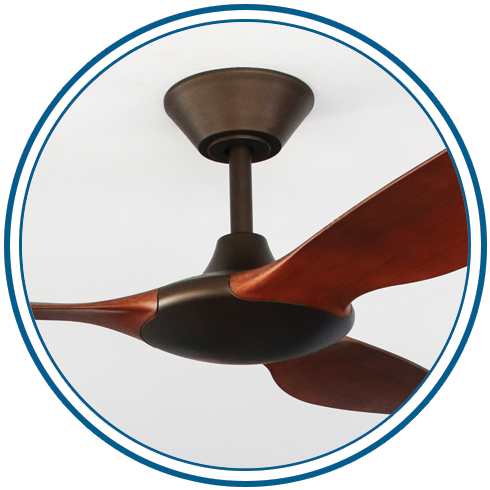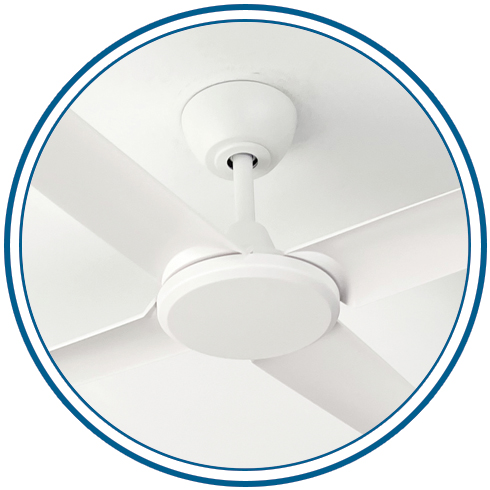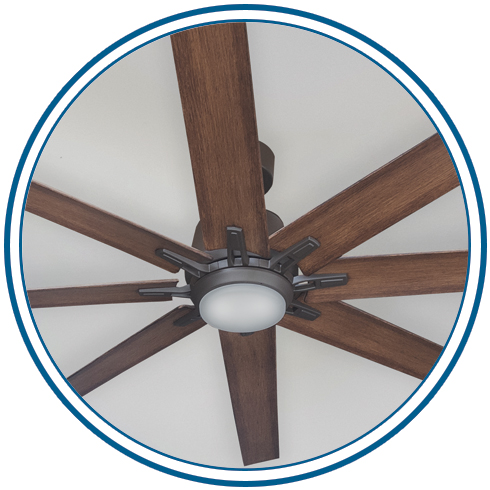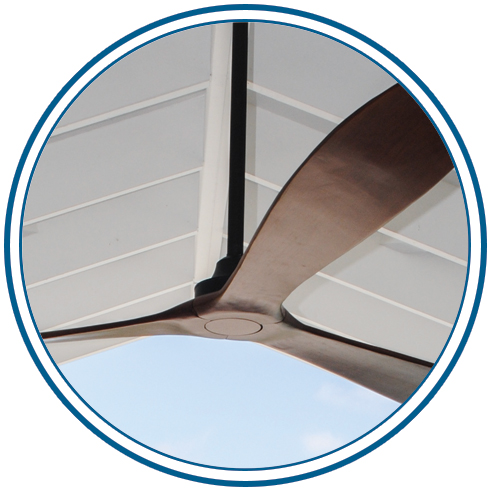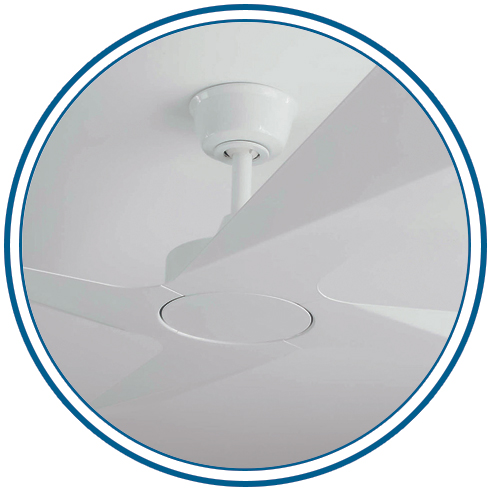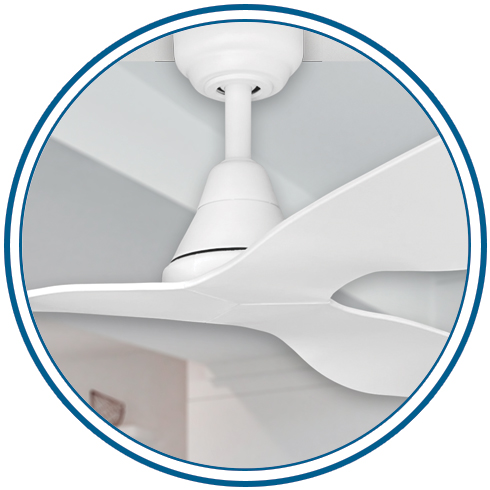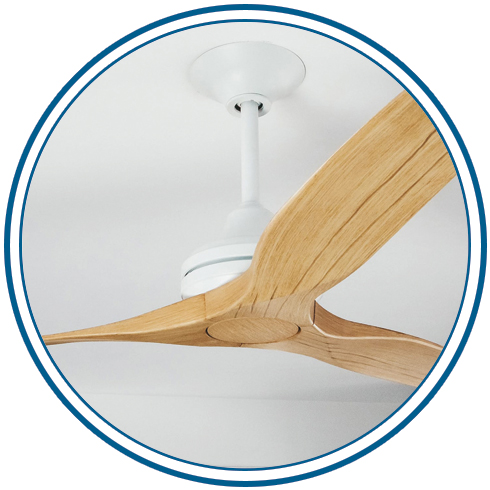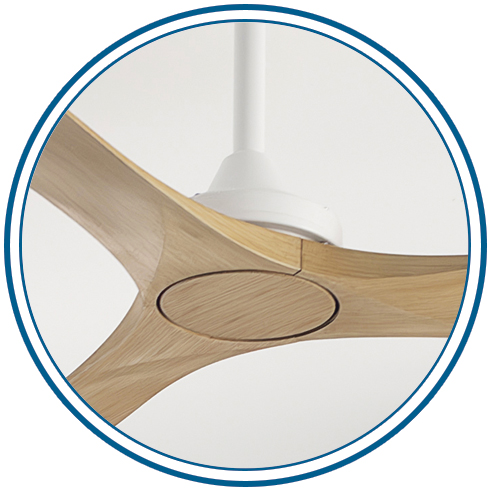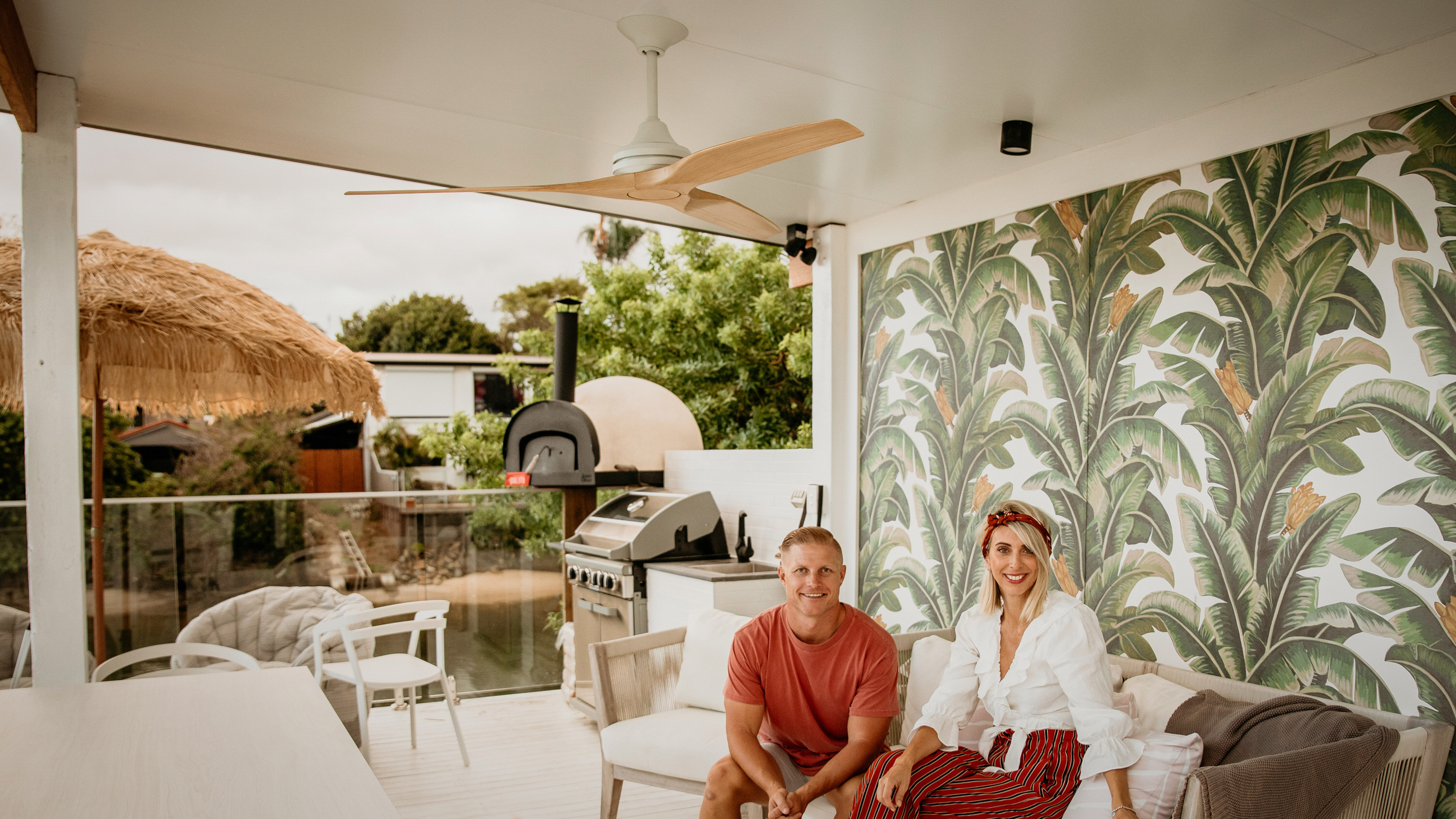
Compare Ceiling Fans by Power
Want to know how much power (wattage) your ceiling fan consumes? We’ve published our Power (W) rating for every model to help you find a ceiling fan that will keep you cool without spiking your energy bill.
Power Usage – Wattage
Ceiling fans are efficient cooling solutions for most homes; we’ve listed all our models below from lowest power usage to highest for your consideration.
Ceiling fans are generally a very efficient way to stay cool, so both AC and DC motors are viable choices. DC ceiling fans do take efficiency to the next level and will over time offer better energy savings. The downside is that being a newer technology that is more expensive to produce, the initial cost of DC ceiling fans will be higher.
Ceiling fans can be very economical to help stay cool during the hot and humid Australian summer days. Using an example electricity rate of 26.62 c/kWh, it would cost $0.11 a day ($9.88 per quarter) to run a 34W ceiling fan on high for 12 hours each day.
You may also be interested in:



